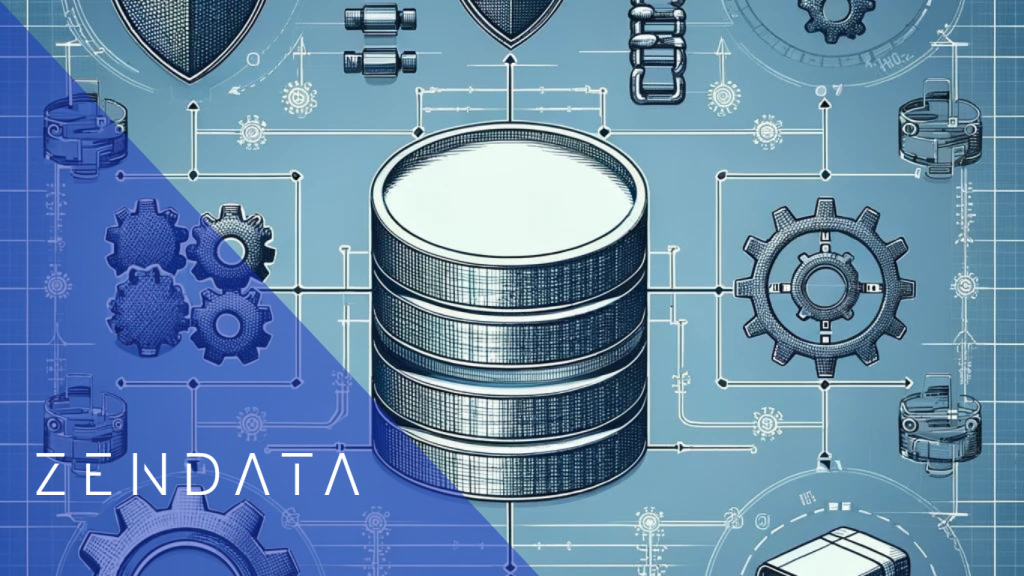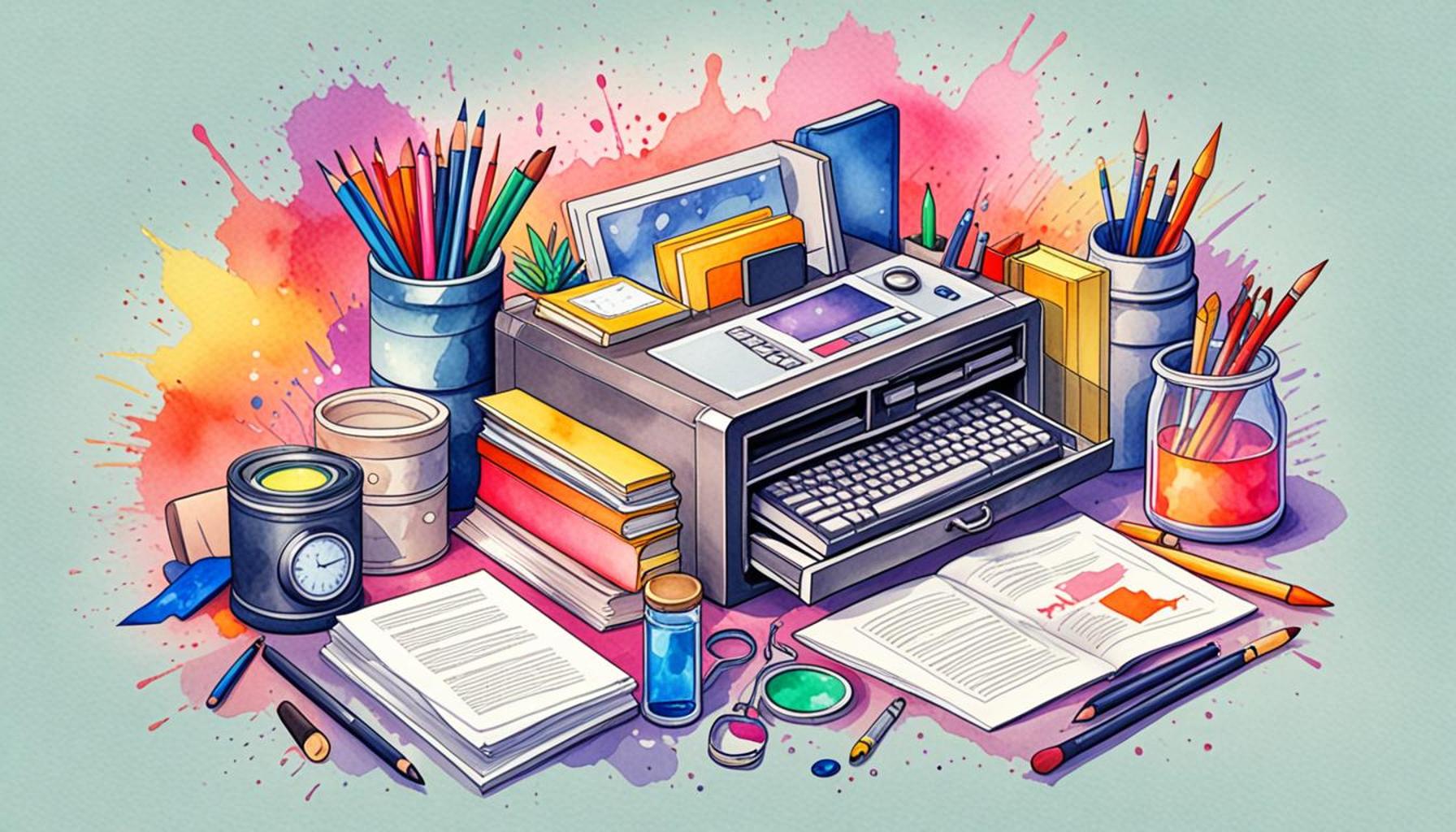Digital Disposal Strategies: Keeping Only the Essentials in the Information Age

The Need for Digital Disposal Strategies
In an era where an astonishing 2.5 quintillion bytes of data are generated every single day across the globe, it is no surprise that individuals often feel overwhelmed by the sheer volume of information at their fingertips. This digital noise can lead to significant clutter and confusion, making it increasingly challenging to focus on what truly matters. Thus, implementing effective digital disposal strategies becomes imperative to navigate the digital landscape with clarity.
Many people own more than one digital device, whether it be smartphones, tablets, or laptops, each contributing to the accumulation of unused applications, files, and media. For instance, studies reveal that the average smartphone user has approximately 80 apps on their device, yet only actively uses around 10 to 20 of them regularly. This discrepancy not only clutters our screens but also strains memory resources, leading to slower device performance. Regularly auditing and uninstalling unused applications can drastically improve not just device speed but also user experience.
Understanding Digital Clutter
The concept of data overload reaches beyond mere annoyance; it poses real risks to our personal security. As we hoard unnecessary digital files, we inadvertently increase our exposure to data breaches and cyber threats. With each additional piece of stored data, there’s a greater chance of sensitive information falling into the wrong hands. For example, recent studies show that nearly 60% of data breaches stem from vulnerabilities related to unused or outdated applications and software. Streamlining our digital assets becomes not just a matter of convenience—it is essential for safeguarding our personal information.
The Benefits of Digital Decluttering
Implementing a structured approach to digital decluttering produces several profound benefits. First and foremost, improved focus results from reducing distractions. By eliminating redundant notifications and unnecessary files, individuals can dedicate their attention to key tasks, leading to increased productivity. Additionally, time savings become apparent when searching for information. A decluttered digital workspace allows for quicker decision-making, enhancing overall efficiency. Just imagine the hours saved by being able to find crucial documents in minutes instead of hours.
Furthermore, enhanced security is a significant advantage of regular data purging. By routinely deleting unneeded files and applications, users not only reduce their digital footprint but also lower the chances of engaging in a risky data breach. Regular maintenance should be part of every digital user’s routine, akin to keeping physical spaces organized and clean, to promote peace of mind.

In conclusion, as we navigate the complexities of the information age, embracing digital disposal strategies will empower individuals not just to achieve a more organized digital environment, but also to cultivate a sense of tranquility amidst the vast ocean of data. Are you ready to take the first step toward reclaiming control over your digital life?
DISCOVER MORE: Click here to learn about mindful consumption
Identifying the Essential: What to Keep and What to Toss
As we delve deeper into the methods of digital disposal strategies, the critical first step is identifying what truly matters in our digital lives. With countless files, applications, and emails constantly vying for our attention, discerning the essential from the obsolete can be daunting. Start by asking yourself a few key questions that can guide your decluttering process:
- Do I use this file or application regularly? If you find that an app or document hasn’t been utilized in over six months, it may be time to reconsider its place in your digital space.
- Does this information serve a purpose? Whether it’s a project file or a personal photo, each item should hold value or be tied to meaningful memories. If it doesn’t support your goals or bring you joy, it could likely be discarded.
- Am I at risk of storing sensitive data? Regularly evaluating files for sensitive data can help safeguard against potential data breaches. Consider deleting files that no longer require sensitive information.
Employing these questions can create a clear framework for decision-making, drastically simplifying the decluttering process. But assessing what to keep is just the tip of the iceberg; maintaining an organized digital space requires establishing a systematic approach to digital hygiene.
Creating a Digital Disposal Routine
To foster a sustainable strategy for digital disposal, establishing a routine is crucial. Begin by allocating a specific day of the week or month dedicated to digital decluttering. This ritual not only encourages consistency but also reinforces the idea that managing your digital environment is as important as physical cleanup. Here are several practices to include in your routine:
- Regularly Review Applications: Monthly evaluations of installed apps can help identify those that have become redundant, enabling timely uninstallation.
- Organize Emails and Files: Use tools such as folders and tags to categorize essential documents. Of course, keep an eye on your inbox—delete old emails that no longer serve immediate purposes.
- Cloud Storage Maintenance: Utilize cloud services judiciously. Regular audits of your cloud storage can prevent the unwarranted accumulation of unnecessary files, while also ensuring your essential documents are easily accessible.
Moreover, investing in digital tools and software designed for organization can significantly streamline your efforts. Applications like Notion or Trello allow for effective management of projects and tasks, reducing clutter and improving focus. Such tools can become your ally in navigating the chaotic digital landscape, ensuring you only keep what’s vital to your workflow.
Remember, the goal here isn’t solely to dispose of digital clutter; rather, it’s about training yourself to maintain a conscious digital footprint that enhances productivity and reduces anxiety. Embracing these digital disposal strategies can lead you not only to a more organized digital environment but also to a clearer mental space as you work through the endless flow of information in today’s world.
| Advantage | Description |
|---|---|
| Enhanced Focus | Reducing digital clutter allows individuals and organizations to concentrate on what truly matters. This shift towards minimalism encourages prioritization of essential tasks and information. |
| Improved Productivity | By adopting digital disposal strategies, productivity can significantly increase. Streamlined information management minimizes distractions, leading to enhanced efficiency and workflow. |
As the information age progresses, the need for effective digital disposal strategies becomes paramount. In this context, it is crucial to discern which data is essential and which can be discarded. This practice not only fosters improved focus but also contributes significantly to overall productivity. By retaining only what is necessary, individuals can avoid the pitfalls of overwhelm that often accompany information overload. Additionally, the strategic deletion of superfluous data facilitates a more organized digital space, resulting in easier access to vital documents and information.Moreover, the concept of digital minimalism transcends personal benefits, extending into organizational efficiency as well. Companies embracing these strategies can better allocate their resources, ensuring that time is spent on projects that yield the highest returns. The ongoing refinement of digital disposal practices is integral to thriving in an era dominated by information, underscoring the necessity of focusing on the essentials to achieve greater success.
DISCOVER MORE: Click here to learn how conscious consumption can transform your home
Leveraging Technology for Efficient Digital Disposal
While establishing a digital disposal routine is essential, leveraging technology can make the process even more efficient and effective. With a myriad of applications and tools designed to streamline digital organization, you can optimize your decluttering efforts significantly. Here are some standout technologies that can assist you in your quest to keep only the essentials:
- File Management Software: Tools such as Google Drive and OneDrive not only offer cloud storage but also come equipped with organizational features such as automatic sorting and searching capabilities. Utilizing these tools allows for easy access to essential information while minimizing the chances of storing irrelevant files.
- Email Cleaning Services: Services like Unroll.me and Cleanfox can significantly reduce inbox clutter by allowing you to unsubscribe from unwanted newsletters and mailing lists with just a few clicks. Maintaining a clean inbox is vital for mental clarity in the often-overwhelming digital landscape.
- Digital Note-Taking Apps: Applications like Evernote and Microsoft OneNote can help consolidate notes, important documents, and ideas into a single, organized space. This minimizes the need for excessive documentation stored across various locations, as you can tag and search your notes effectively.
Another key aspect of efficient digital disposal lies in the adoption of automation. Many of these tools offer features that allow you to set up automated systems for file organization and email management, freeing up valuable time that could be spent on other tasks.
Implementing an Archiving System
Once you’ve identified your essential files and applications, consider implementing an archiving system. Archiving allows you to keep vital information accessible without cluttering your main workspace. Here are some strategies to consider:
- Create Logical Folders: Develop a logical folder structure that aligns with your workflows, allowing for intuitive access to archived materials. For instance, if you frequently work on multiple projects, folders can be organized by project name and year.
- Set Retention Policies: For businesses or heavy digital users, setting documented retention policies can ensure that files are kept only as long as necessary. This can include guidelines around which documents should be retained for specific durations before being archived or deleted.
- Utilize Tagging Systems: Utilize tags to categorize files based on context—these can include project status, type of document, or even team members involved. This practice not only streamlines searching but also makes retrieval more effortless.
Additionally, consider the role of artificial intelligence in maintaining digital cleanliness. AI-driven organization tools can proactively identify and suggest files that may be unsuitable for retention, based on user interaction and file use over time. Implementing these modern advancements can revolutionize your approach to digital disposal, ensuring you consistently hold on to what truly matters.
As the digital landscape continues to evolve, refining your digital disposal strategies is not just recommended; it is essential. In a world inundated with information, cultivating a habit of using technology deliberately in conjunction with organized systems can yield a clearer, more efficient digital work environment, enabling you to focus on what’s truly important.
DIVE DEEPER: Click here to discover more about conscious consumption
Conclusion
In an era defined by the massive inflow of information, establishing robust digital disposal strategies has emerged as a necessity rather than a choice. The importance of keeping only the essentials cannot be overstated. As we’ve explored, the convergence of technology and mindful organization can significantly enhance our ability to navigate the digital landscape. By utilizing advanced tools such as file management software, email cleaning services, and digital note-taking apps, individuals and businesses can streamline their operations while fostering a clutter-free digital space.
Moreover, implementing a strategic archiving system and employing automation not only preserves critical information but also allows easy access when needed. This combination of technologies and organized systems ensures that you can focus on what truly matters, ultimately leading to increased productivity and mental clarity. As we continuously adapt to the evolving digital environment, embracing these digital disposal strategies will empower us to retain only what is necessary, enabling a more efficient workflow.
In conclusion, each individual’s digital landscape is unique, and the way we approach digital decluttering should reflect that. By taking the time to curate our digital lives—through mindful disposal and the right tools—we can reclaim control over our information and enhance our overall effectiveness. As you embark on this journey, remember that less is often more in the Information Age, paving the way for clearer thoughts, greater focus, and ultimately, success.


